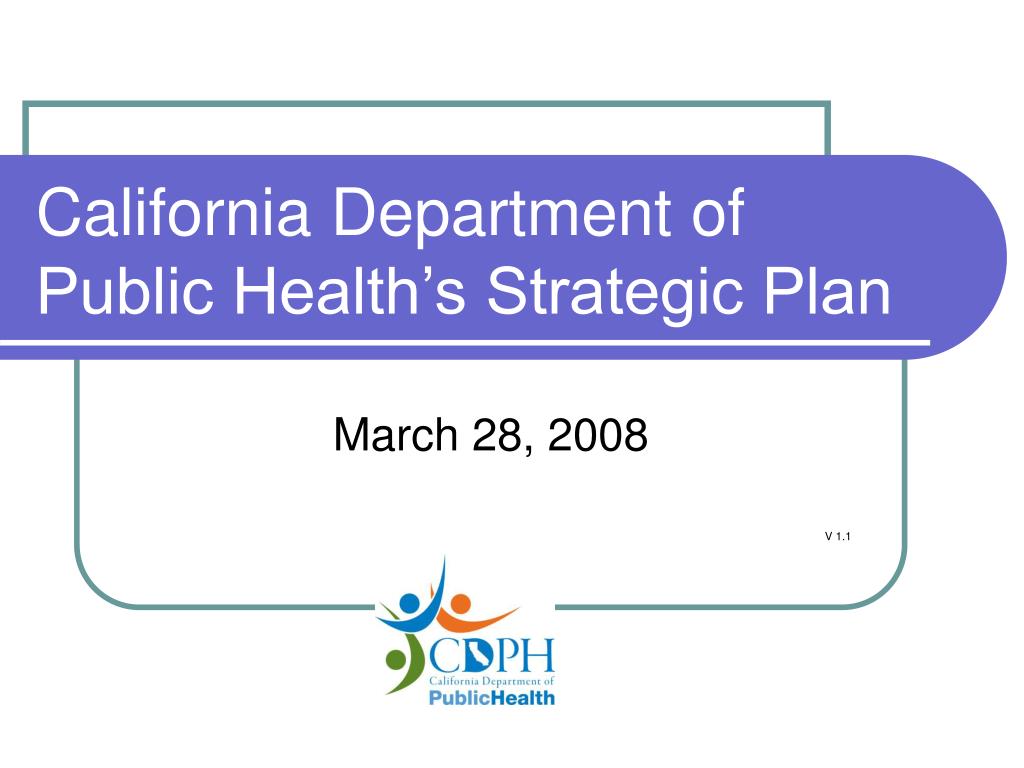

The June 8 th Order changes that.Īccordingly, it now appears that the more expansive close contact definition included in the CDPH June 8 th Order, which references “the same indoor airspace” as opposed to “within six feet” applies to the Third Revised ETS. Thus, while the April 6 th Guidance used “airspace” for purposes of determining close contacts, Cal/OSHA confirmed at a public meeting of the Standards Board on April 21, 2022, that this definition was not incorporated in the Third Revised ETS because the April 6 th Guidance was just guidance, and so the definition was not contained in an “order of the CPDH.” Title (b)(1). If so, the CDPH definition shall apply.” Title (b)(1) (emphasis added). The Third Revised ETS retains the prior definition of close contact, which includes “being within six feet of a COVID-19 case for a cumulative total of 15 minutes or greater in any 24-hour period within or overlapping with the ‘infectious period’ defined by this section, regardless of the use of face coverings…” but added a key addition: “unless close contact is defined by regulation or order of the CDPH. While the June 8 th Order parrots the definition of close contact included in the April 6 th Guidance, and therefore could appear insignificant, a close examination of Cal/OSHA’s Third Revised Emergency Temporary Standard (Third Revised ETS), which went into effect May 6, 2022, reveals otherwise. Such persons should continue to follow CDPH isolation recommendations, including wearing a well-fitting face mask through Day 10. For asymptomatic infected persons, 2 days before the positive specimen collection date through Day 10 after positive specimen collection date (or through Days 5-10 if testing negative on Day 5 or later) after specimen collection date for their first positive COVID-19 test.įor purposes of identifying close contacts and exposures, infected persons who test negative on or after Day 5 and end isolation are no longer considered to be within their infectious period.For symptomatic infected persons, 2 days before the infected person had any symptoms through Day 10 after symptoms first appeared (or through Days 5-10 if testing negative on Day 5 or later), and 24 hours have passed with no fever, without the use of fever-reducing medications, and symptoms have improved, OR.The June 8 th Order defines infectious period as:

Someone sharing the same indoor airspace ( e.g., home, clinic waiting room, airplane etc.) for a cumulative total of 15 minutes or more over a 24-hour period (for example, three individual 5-minute exposures for a total of 15 minutes) during an infected person's (laboratory-confirmed or a clinical diagnosis) infectious period. Under the June 8 th Order, close contact is defined as:

Because the definitions in the new Order directly affect requirements under the currently effective Third Revised COVID Emergency Temporary Standard, California employers should be aware of this development. On June 8, 2022, the California Department of Public Health (CDPH) issued an Order (June 8 th Order) defining “Close Contact” and “Infectious Period” for purposes of the CDPH’s Isolation and Quarantine Guidance issued on Ap(April 6 th Guidance). Littler Investigation Toolkit for Employers.We’re ready for your tomorrow – because we’re built for it.Global Workplace Transformation Initiative.Littler Restructuring Assessment Solution.General Data Protection Regulation (GDPR).


 0 kommentar(er)
0 kommentar(er)
